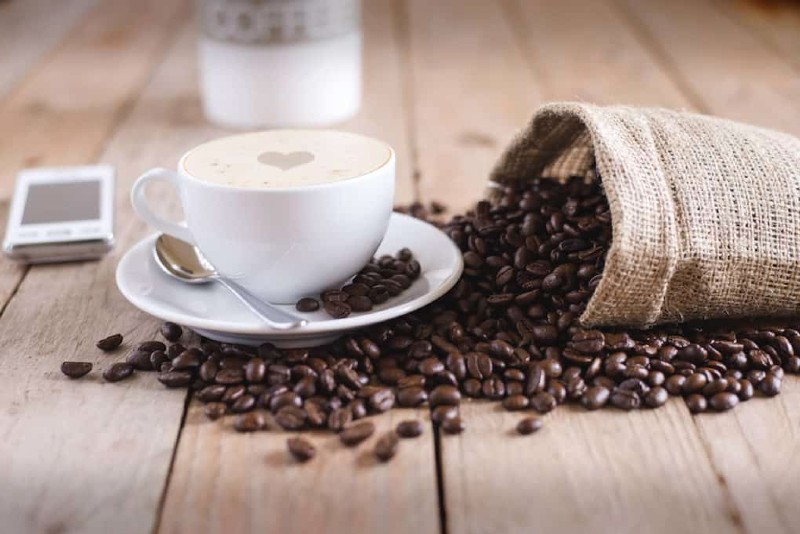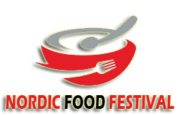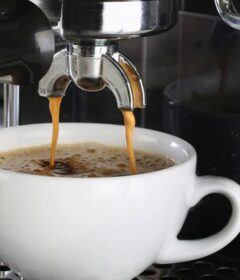Best Coffee Comes from the best Times

Why is espresso different from coffee? Asking some questions might be difficult if not downright uncomfortable. You’re a coffee connoisseur, but you may not have completely grasped the meaning of a phrase you’ve just learned. When it comes to coffee, there are no awkward questions. As a result, let us examine the distinctions between espresso and coffee in detail.
Espresso Coffee Has A Difference.
Yes, since coffee is the liquid that comes out of the bean, not the technique of preparation. Espresso may be made from either robusta or arabica beans provided they are prepared in a precise way. Take a moment to think about all the ways you brew your coffee. French press coffee, pour-over coffee, stovetop percolator coffee and more are all options for making coffee. Espresso is a kind of coffee, although it is not the same as coffee. If you are reading this coffee blog then you are for sure a coffee lover.
Although roasters may use a unique technique for espresso-ready coffee beans, espresso is not a distinct kind of coffee bean. Espresso beans, on the other hand, are often roasted longer and darker than those for drip coffee because they contain more caffeine.
So, can you make coffee using espresso beans? Can you use normal coffee beans to create espresso? Yes. Regular coffee beans may be used to produce espresso if they are finely ground, and a dark roast is recommended for the best taste. Your “espresso beans” will work just fine in your drip coffee machine if you ground them coarsely.
The Difference Between Espresso And Coffee Is, What Is It?
To sum it up, the brewing process for espresso is what makes it unique. It takes longer for the water to filter through the grounds in other techniques of brewing since they depend on the sluggish flow of hot water. In order to get your hands on a cup of coffee, it will take some time.
In an espresso machine, water is sprayed through finely ground coffee beans packed into cakes at near-boiling temperatures. In only 30 seconds, you can get a rich, fragrant, and caffeinated shot of espresso thanks to this approach.
It’s not necessary to have a high-end computer to perform this. It’s simply simpler and more precise to plan. So you don’t need an espresso machine to learn how to make espresso. You’ll have to put in more effort, so keep that in mind.
Despite the fact that espresso and coffee are brewed at different pressures, they have one thing in common: the temperature at which they are brewed. 195 to 205 degrees Fahrenheit is the recommended brewing temperature for every kind of cup of coffee. The flavor extraction will be compromised if the temperature is too low, resulting in a mediocre beverage. It’s more probable that your coffee or espresso has been burnt than extracted at a temperature greater than 180°F.
Your Love for Coffee Can Be Expressed
A century-old coffee custom is like nothing else. Now that you’ve mastered the fundamentals of espresso vs. coffee, you’re ready to explore the wide range of flavors and preparations available. Find an Italian-style espresso bar in your area by exploring your local coffee options. If you’re running out of options, this could be a good opportunity to experiment with your own espresso brewing process.




